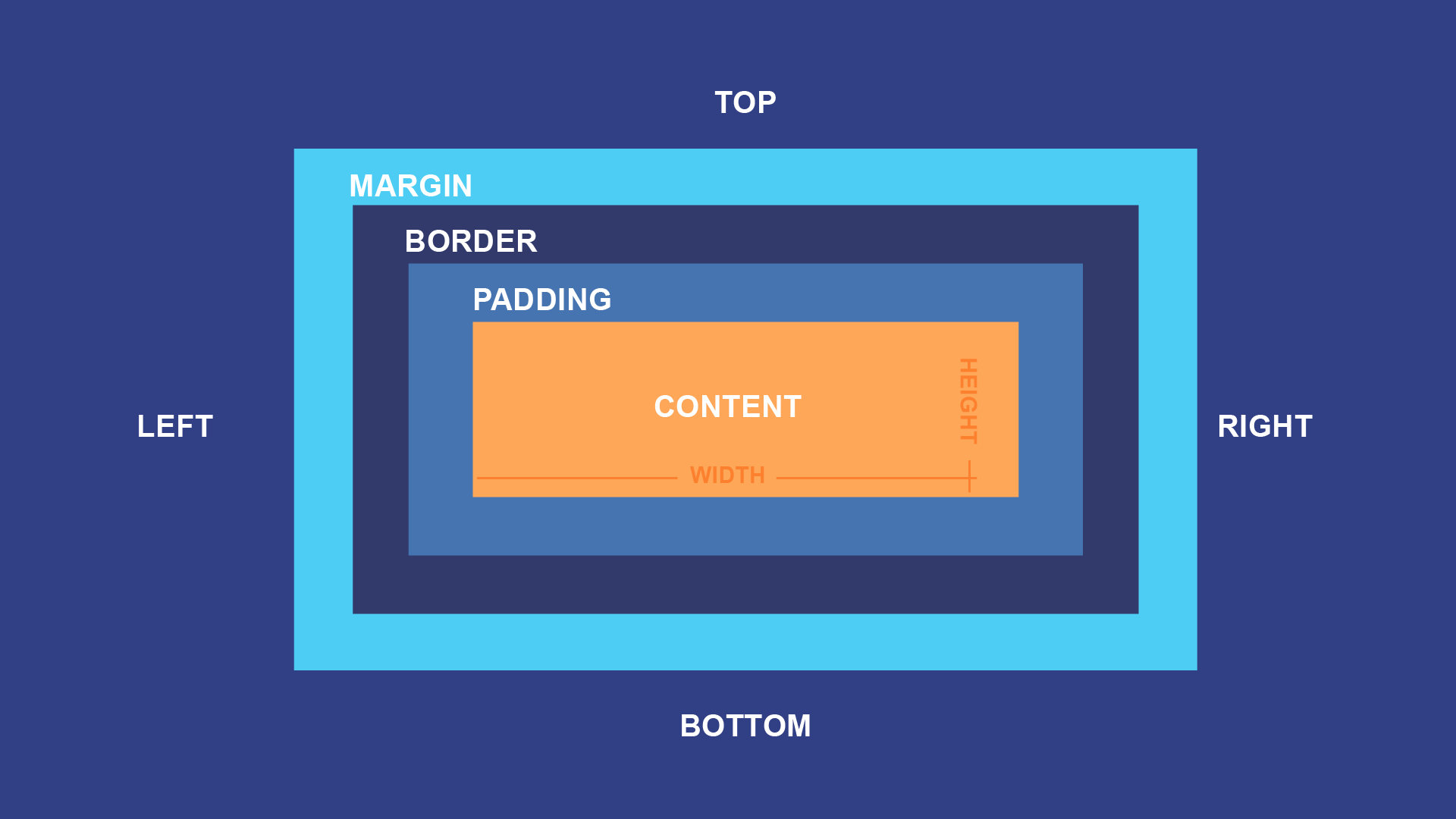Table Of Content

XHTML 1.0, ported this specification, as is, to the new XML-defined specification. Next, XHTML 1.1 takes advantage of the extensible nature of XML and modularizes the whole specification. XHTML 2.0 was intended to be the first step in adding new features to the specification in a standards-body-based approach. HTML documents are required to start with a Document Type Declaration (informally, a "doctype").
Attributes describe the styling of HTML elements.
This language is used to annotate (make notes for the computer) text so that a machine can understand it and manipulate text accordingly. The language uses tags to define what manipulation has to be done on the text. This module will introduce the first two of these and introduce fundamental concepts and syntax you need to know to understand HTML. In summary, the HTML 4 specification primarily reined in all the various HTML implementations into a single clearly written specification based on SGML.
Appearance of elements
How to correctly use sectioning elements to give meaning to your content. Name the file "index.htm" and set the encoding to UTF-8 (which is the preferred encoding for HTML files). Then under "Open and Save", check the box that says "Display HTML files as HTML code instead of formatted text". Every web publisher might need a good gibberish text generator for his editor to fill the page until the live content takes its place.
Browsers do not display the tags. The tags are used to interpret the content of the page.
The best real-time online HTML editor with dynamic instant live visual preview, inline WYSIWYG editor and source cleaning features. Includes a HTML viewer, editor, compressor, beautifier and easy formatter. The code editor lets you write and practice different types of computer languages. It includes HTML/CSS/JavaScript, but you can use it for other languages too, such as PHP, Python, Node.js, etc. Those are the main changes necessary to translate a document from XHTML 1.0 to HTML 4.01.
You can also use the code editor in W3School Spaces to build frontend or full-stack websites from scratch. Practice is key to mastering coding, and the best way to put your HTML knowledge into practice is by getting practical with code. After completing this tutorial, you’ll have a basic understanding of HTML and be ready for the next stage of web development, CSS. An important type of web agent that does crawl and read web pages automatically, without prior knowledge of what it might find, is the web crawler or search-engine spider. Discover how the very useful details and summary elements work, and where to use them. Right-click on an element (or a blank area), and choose "Inspect" to see what elements are made up of (you will see both the HTML and the CSS).
Remove all tags
By carefully following the W3C's compatibility guidelines, a user agent should be able to interpret the document equally as HTML or XHTML. For documents that are XHTML 1.0 and have been made compatible in this way, the W3C permits them to be served either as HTML (with a text/html MIME type), or as XHTML (with an application/xhtml+xml or application/xml MIME type). When delivered as XHTML, browsers should use an XML parser, which adheres strictly to the XML specifications for parsing the document's contents. It is the standard language used to create and design web pages on the internet. It was introduced by Tim Berners-Lee in 1991 at CERN as a simple markup language.
HTML paragraphs are defined with the tag:

You can also edit the HTML or CSS on-the-fly in the Elements or Styles panel that opens. Click CTRL + U in an HTML page, or right-click on the page and select "View Page Source". This will open a new tab containing the HTML source code of the page. It must only appear once, at the top of the page (before any HTML tags).
A document sent with the XHTML MIME type is expected to be well-formed XML; syntax errors may cause the browser to fail to render it. The same document sent with the HTML MIME type might be displayed successfully since some browsers are more lenient with HTML. Good semantic HTML also improves the accessibility of web documents (see also Web Content Accessibility Guidelines). As of version 4.0, HTML defines a set of 252 character entity references and a set of 1,114,050 numeric character references, both of which allow individual characters to be written via simple markup, rather than literally.
HTML elements are used for styling.
Racist AI Deepfake of Baltimore Principal Leads to Arrest - The New York Times
Racist AI Deepfake of Baltimore Principal Leads to Arrest.
Posted: Thu, 25 Apr 2024 21:55:58 GMT [source]
HTML is a markup language that web browsers use to interpret and compose text, images, and other material into visible or audible web pages. Default characteristics for every item of HTML markup are defined in the browser, and these characteristics can be altered or enhanced by the web page designer's additional use of CSS. These formatting commands were derived from the commands used by typesetters to manually format documents. However, the SGML concept of generalized markup is based on elements (nested annotated ranges with attributes) rather than merely print effects, with separate structure and markup.
Modularization also allows for separate features to develop on their own timetable. HyperText Markup Language or HTML is the standard markup language for documents designed to be displayed in a web browser. It is often assisted by technologies such as Cascading Style Sheets (CSS) and scripting languages such as JavaScript. HTML documents are basically a tree of nodes, including HTML elements and text nodes.
There are some WYSIWYG editors (What You See Is What You Get), in which the user lays out everything as it is to appear in the HTML document using a graphical user interface (GUI), often similar to word processors. The editor renders the document rather than showing the code, so authors do not require extensive knowledge of HTML. The Frameset version includes everything in the Transitional version, as well as the frameset element (used instead of body) and the frame element. HTML documents can be delivered by the same means as any other computer file. However, they are most often delivered either by HTTP from a web server or by email. Navigation is a key element of any site of application, and it starts with HTML.
If you're familiar with HTML code composing then you can adjust the code on the right. Before you start composing the content for a live website I advise you to experiment with the features populating the work area with a demo text clicking the Quick Tour menu option. The editor is compatible with every major web browser without installing any program, extension or plugin.


No comments:
Post a Comment